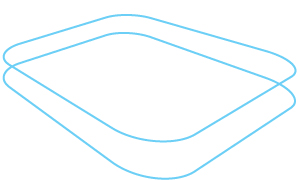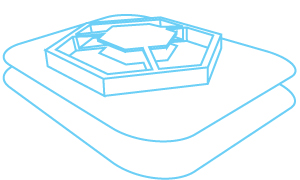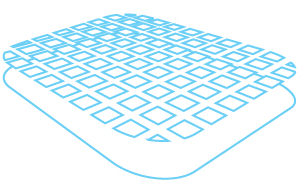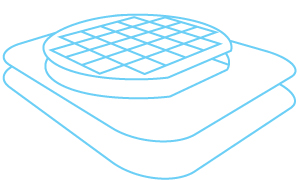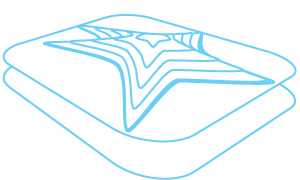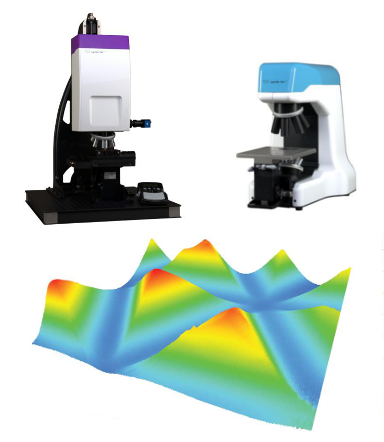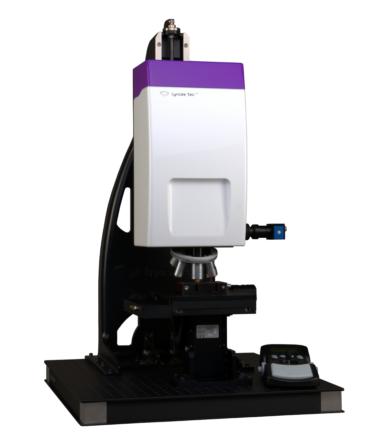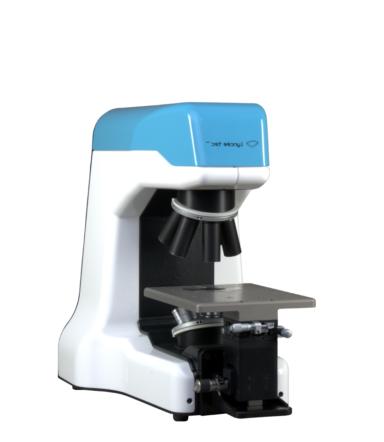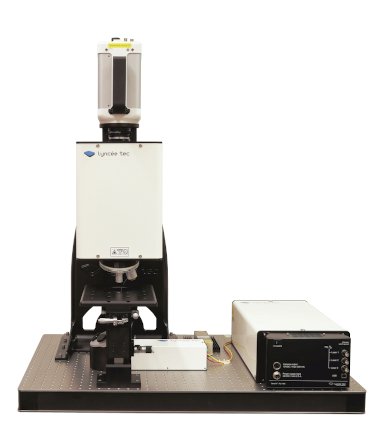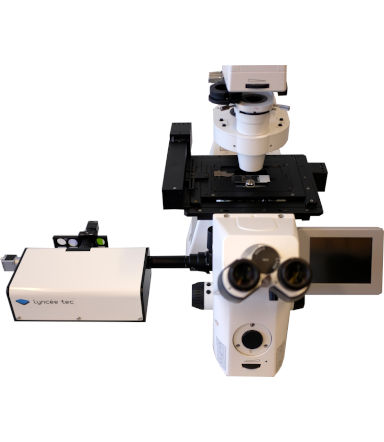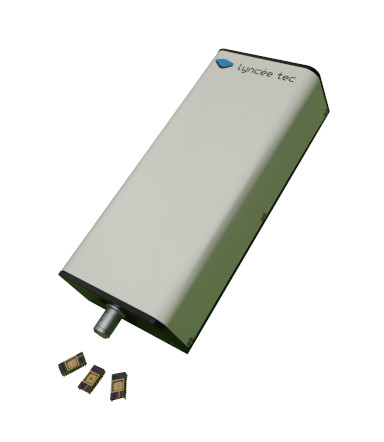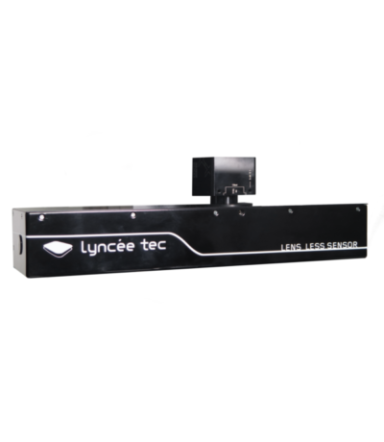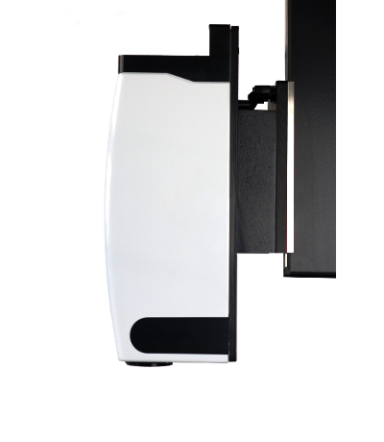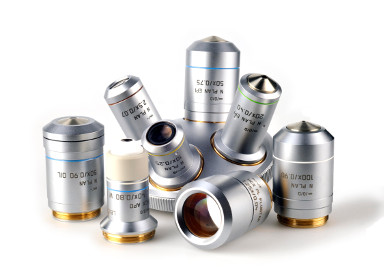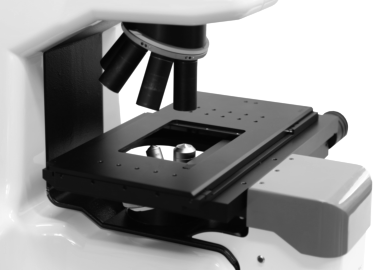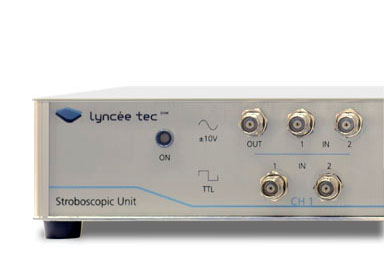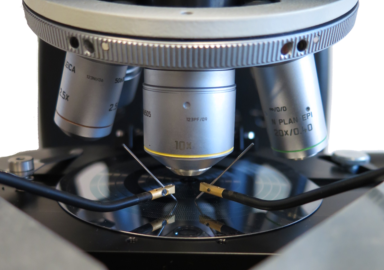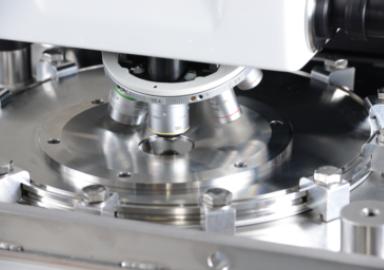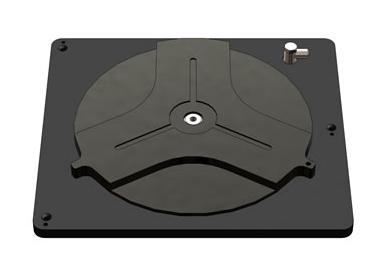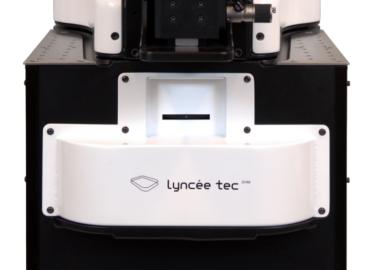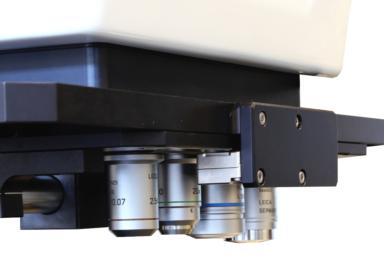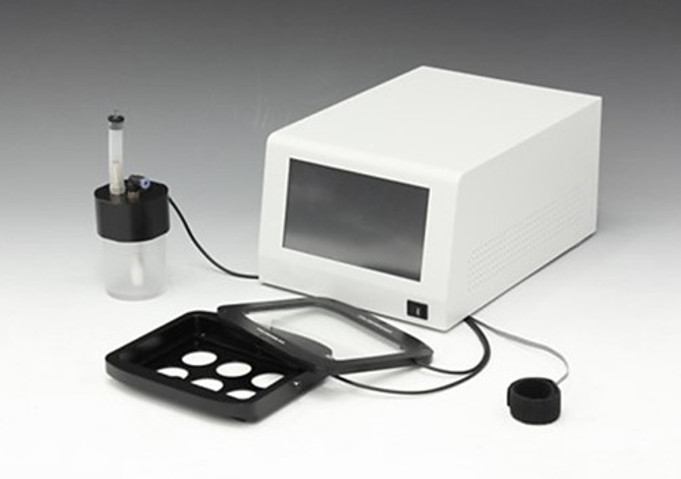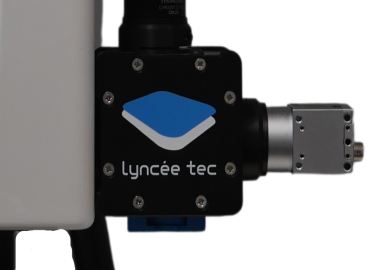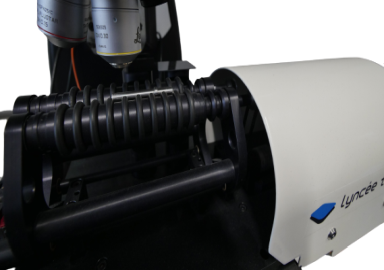Reflectometry Analysis
Reflectometry Analysis software with DHM® is a dedicated post-analysis software to retrieve the topography of transparent or semi-transparent structures on reflective substrates. Koala acquisition and analysis software provides accurate topography measurement of samples with purely reflective surface and made of homogeneous material. Optical measurements can be affected by multiple reflections occurring with transparent materials as with any alternative optical instrument. Therefore the Reflectometry Analysis software has been developed to interpret the reflected signal from transparent structures by computing the wavefront using the physics laws of reflection. This software retrieves the 3D topography as well as the thickness and refractive indices of patterned transparent materials.
The Reflectometry Analysis software takes control of the Koala Acquisition & Analysis software through the TCP/IP remote control module to acquire and import data from Koala, which will be used to perform the reflectometry analysis.

A database containing many materials refractive indices and sample structures is available and can be constantly completed by the user.
It ensures fast reflectometry analysis of samples. The accuracy of measurement is improved by reducing as much as possible the unknown parameters and by increasing the number of wavelengths for the acquisition.
The database of Sample/Model structures consists of schematic of the patterned sample. The model structure consists not only on the sample multilayer but also on the surrounding medium.
Assumptions are made that all layers have a constant thickness and that the resulting topography depends on a single layer.
Additionally, knowing the approximate thickness of each layer reduces the search range and the uncertainty, i.e. accelerates the measure.
Publications
The Reflectometry Analysis software interprets the optical wavefront reflected by the sample using the physical laws of optics to provide geometrical topography. The Reflectometry Analysis with DHM® retrieves refractive indices and thicknesses in many cases since the light propagation considered takes into account the properties of the patterned structure.
In presence of (semi-)transparent layers, the reflected wavefront is composed of:
- Reflections on the top layer as on a purely reflective surface
- Multiple reflections within each interface
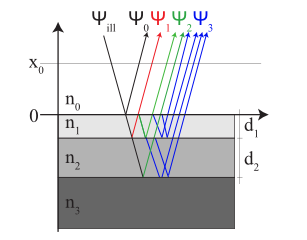
The basic principle of the Reflectometry Analysis consists on computing the theoretical complex wavefront by varying the different parameters to have the theoretical wavefront as close as possible to the experimental measured wavefront (amplitude and phase).
The performance depends strongly on the complexity of the sample, the number of unknown parameters and the number of measured data. Basically more equations than unknown parameters are needed. The number of equations depends on the number of available sources on the DHM®, and prior knowledge of the sample.
The Reflectometry Analysis software enables to retrieve geometrical topography of samples with multiple layers with constant spatial thickness, and with a patterned structure deposited or etched.
